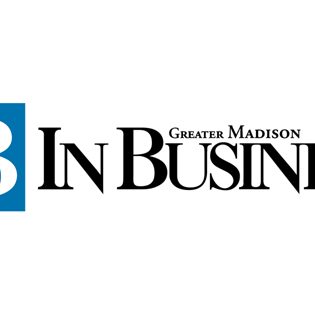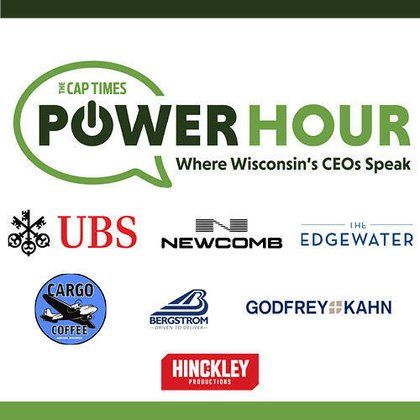By Tom Still
OAK RIDGE, Tenn. – The summertime hit movie “Oppenheimer” is set mainly in New Mexico, where the first atomic bomb was designed and built. Little is portrayed about what happened in Oak Ridge, Tenn., where a “secret city” of 75,000 scientists and workers rose during World War II to enrich the uranium needed to make that bomb.
The city of Oak Ridge today is still less than half its wartime size, but it still plays significant roles through the Y-12 defense complex and separately in fields such as energy, the environment, medicine and quantum computing through Oak Ridge National Laboratory. The ORNL hasn’t done nuclear weapons production work since the Manhattan Project ended, but part of its mission today includes finding and refining peaceful uses for atomic energy.
With effects of climate change being seen across the globe, interest is reviving in nuclear fission as a source for clean, emissions-free power. Other alternative sources such as wind, solar, hydro and geothermal are part of the picture, as well, but nuclear fission cannot be overlooked at a time when commercial fusion is still a long way from reality and traditional carbon sources remain part of the climate problem.
What holds back nuclear fission from an all-out comeback? Fear of accidents, the challenge of recycling and cost. All three problems are solvable through work in major labs in Oak Ridge and elsewhere, but also in places such as Wisconsin.
Japan’s timed release into the ocean of treated radioactive water from the ruined Fukushima Daiichi nuclear power plant is the latest example of fear. China is reportedly fanning the flames through social and state-owned media and other pathways. Meanwhile, a panel of scientists assembled by the International Atomic Energy Agency (including some Chinese experts) have said Japan’s water release would have a very low effect on human health or the environment. All that’s left in the Fukushima treated water is tritium, a hydrogen isotope.
Most nuclear waste can be reprocessed, with only about 5% dangerous enough to be stored in isolation. The trick is safely recycling that 5%, which is part of the work taking place in Oak Ridge but also elsewhere. For example, SHINE Technologies in Janesville is looking to use fusion to recycle fissile material from reactors, past and future. Company founder Greg Piefer said climate change can’t wait to be solved by fusion energy but safe fission energy is possible now. The nuclear engineering programs at UW-Madison are also a part of that research mix.
There are new systems on the horizon. Dairyland Power in Wisconsin signed a memorandum of understanding with NuScale Power in 2022 to examine building a small modular reactor, which is a “next generation” approach to older models.
“The bottom line is: If we are for a less-carbon future, if you are against carbon, you need to be for nuclear. I don’t know a simpler way to put it,” Dairyland Chief Executive Officer said last year during a Wisconsin Technology Council luncheon in Madison. “If you want there to be less carbon, and you want a reliable, safe, economic grid that will keep together our economic 24/7 engine, nuclear is part of that future.”
Wisconsin has one existing plant at Point Beach, north of Manitowoc. Nuclear power accounts for 20% of the nation’s electricity today, which means closing current plants or not building new plants would make it harder to meet climate goals.
Cost may be a bigger issue than science. Georgia Power opened the nation’s first fission plant in 30 years this summer to serve 500,000 homes and businesses, making it one of the largest single generators of power in the United States. It cost more than $30 billion to build, however, which will be felt by ratepayers in that service area. There are predictions that a second “copy” of such a reactor would cost much less due to efficiencies.
Energy from nuclear fission need not compete with renewables, but it can augment them in a world that needs both climate remedies and reliable power.
Still is president of the Wisconsin Technology Council. He can be reached at tstill@wisconsintechnologycouncil.com.





